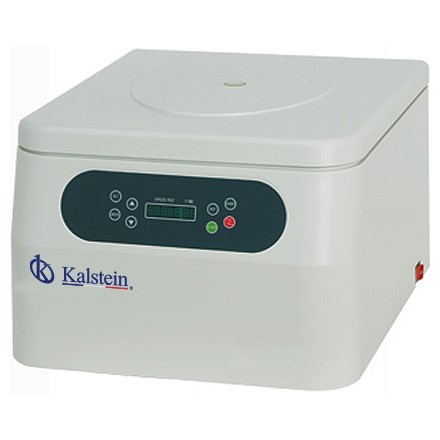A centrifuge is an apparatus that applies a sustained centrifugal force (that is, a force produced by rotation) to impel matter out of the center of rotation. This principle is used to separate particles in a liquid medium by sedimentation. In general, the centrifuge is used in laboratories as a process of separating the sedimentation of liquid and solid components.
What are the types of centrifuges?
There are different types of centrifuges, such as low speed centrifuges, micro hematocrit centrifuges, and ultracentrifuges, the latter type is generally used for protein separation. But each of them has different speeds:
- Centrifugal macro that goes from 2,000 and 6,000 R.P.M.
- Micro centrifuges between 10,000 and 18,000 R.P.M
- Ultracentrifuges ranging from 20,000 and 75,000 R.P.M.
Depending on the type of centrifuge each will have different performance and characteristics (rotor type and type tube holder). In the case of your electrical control, you will always have different elements such as time control, temperature control, cooling control, rotation speed, among others.
Who were its creators?
The principle and need to make the first centrifuge machine began with the sugar industry, looking for a system capable of concentrating sugars and eliminating honey during a centrifugation process. In 1848 the first centrifugal machine for the purification of sugarcane attributed to Shotter and Dubrunfaut was created, but the patent was granted to David Weston, in 1852. The machine was called, centrifugal separator, and was built in the Lihue plantation, in Honolulu, Hawaii.
In the industrial field, centrifuges were a reality and a trend for mass processes, but in the field of science this element was missing to separate more subtle materials. In 1924 the first centrifuge for scientific laboratories was developed. The creator is Theodor Svedber, a physicist at Uppsala University, from Sweden.
Years passed for this invention to be developed worldwide, at first by skepticism about it. In order to achieve this reality, we worked from 1926 to 1937, measuring hemoglobin proteins and nucleic acids. From now on the medical, physical and chemical field would never be the same.
What should you keep in mind when loading your centrifuge?
- Place loads that have the same mass or weight opposite to the rotor.
- In addition to having the same mass, they must have the same center of gravity, do not place tubes and containers as opposing pairs.
- Use the centrifuge by placing all accessories on the rotor.
- Use the rotor and original equipment accessories. Non-original parts can cause an imbalance.
- Complement these recommendations with the manufacturer’s instructions.
What recommendations should we follow when using a centrifuge?
To use a centrifuge it is necessary to follow a series of steps that allow its safe operation. Although equipment of this type generally operates in the same way, it is convenient to consult the user manual provided by the supplier even if there is experience in the use of centrifuges.
It is important to take these recommendations into account to keep the centrifuge in proper conditions
- Keep the lid closed in the spin process
- Check that the surface where the centrifuge is located is level.
- Replace metal containers that are in poor condition
- Do not use glass equipment in poor condition
- Replace the buffer caps of the sample holders.
- Keep the centrifuge free of sample debris, glass and dust
Finally it is recommended to check the operation of the equipment as follows
- Load the centrifuge correctly and close it.
- Make sure the centrifuge is tightly closed.
- Turn on the power switch, setting the speed and / or the spin time in advance.
- Observe the operation carefully.
- If there are problems contact the manufacturer.
Kalstein offers centrifuges of the highest technology. That’s why we invite you to take a look at our centrifuges available HERE


